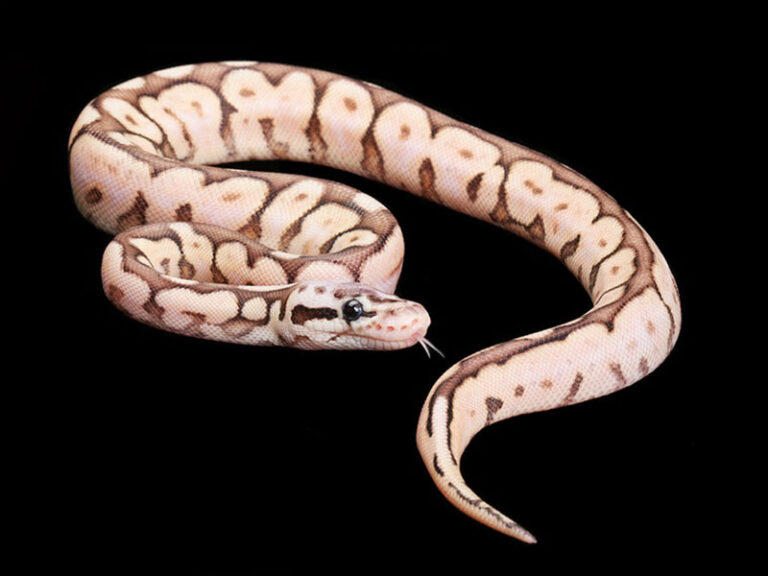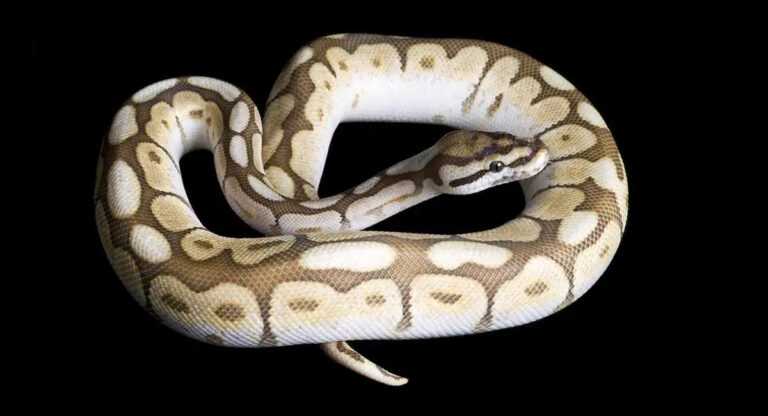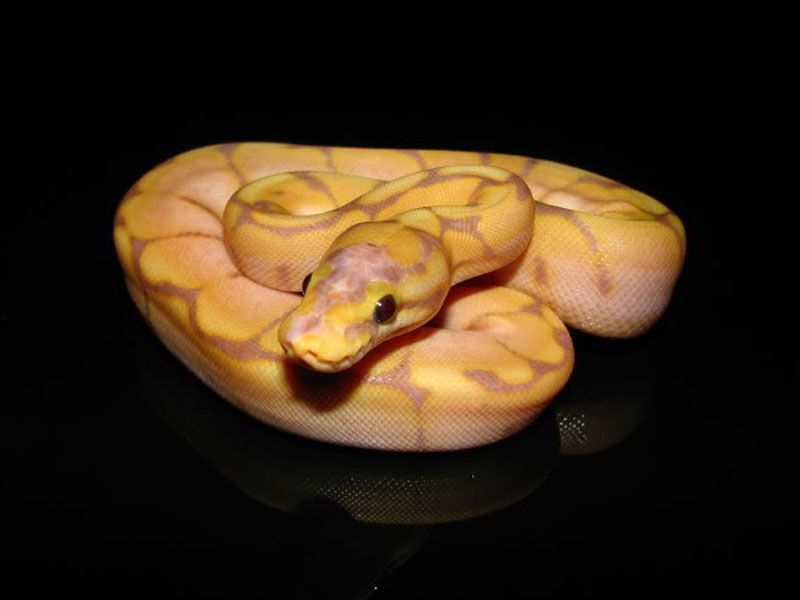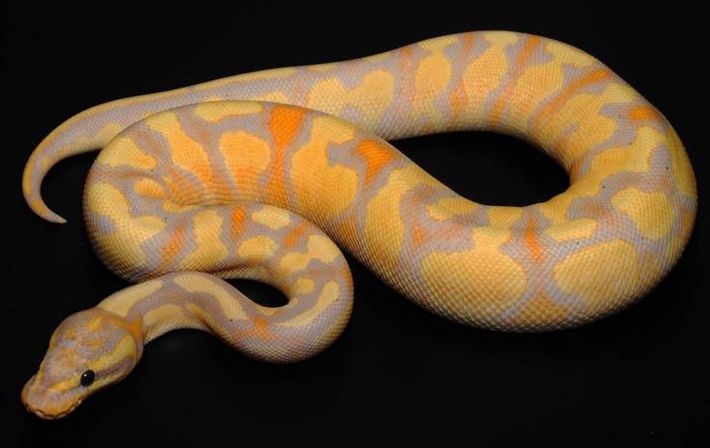When I first got my ball python, I had no idea how crucial temperature and humidity were for their well-being. I struggled with keeping the right ball python temp range, and my humidity levels were all over the place. After lots of trial and error (and a few shed-related scares), I finally found the perfect balance!
If you’re new to ball python care or struggling with maintaining the right conditions, this guide will help. I’ll share everything I’ve learned, including ideal temperature and humidity for ball pythons, the best heating methods, and practical tips to make things easy.
I know how overwhelming it can be in the beginning, which is why I found it really helpful to follow other reptile owners’ experiences. If you’re looking for a detailed step-by-step guide on setting up the ideal enclosure, you might enjoy reading How I Care for My Ball Python and Creating the Perfect Habitat. It walks through everything from enclosure setup to maintaining the right temperature and humidity, making the process much easier for new owners!
Understanding Ball Python Temperature Needs
What Temp Do Ball Pythons Need?
Ball pythons come from the warm climates of West and Central Africa, so they need a warm enclosure to stay healthy. The key to keeping them comfortable is providing a temperature gradient—one warm side for basking and one cool side to regulate their body heat.
Here’s a breakdown of the ideal ball python temperature range:
Zone | Temperature (°F) | Temperature (°C) |
Basking Spot | 88-95°F | 31-35°C |
Warm Side | 85-90°F | 29-32°C |
Cool Side | 75-80°F | 24-27°C |
Nighttime Temp | 72-75°F | 22-24°C |
How Hot Should a Ball Python’s Tank Be?
Your ball python tank temp should never drop below 75°F (24°C), and the basking area should not exceed 95°F (35°C). Too cold, and your snake might stop eating. Too hot, and they could suffer burns or stress.
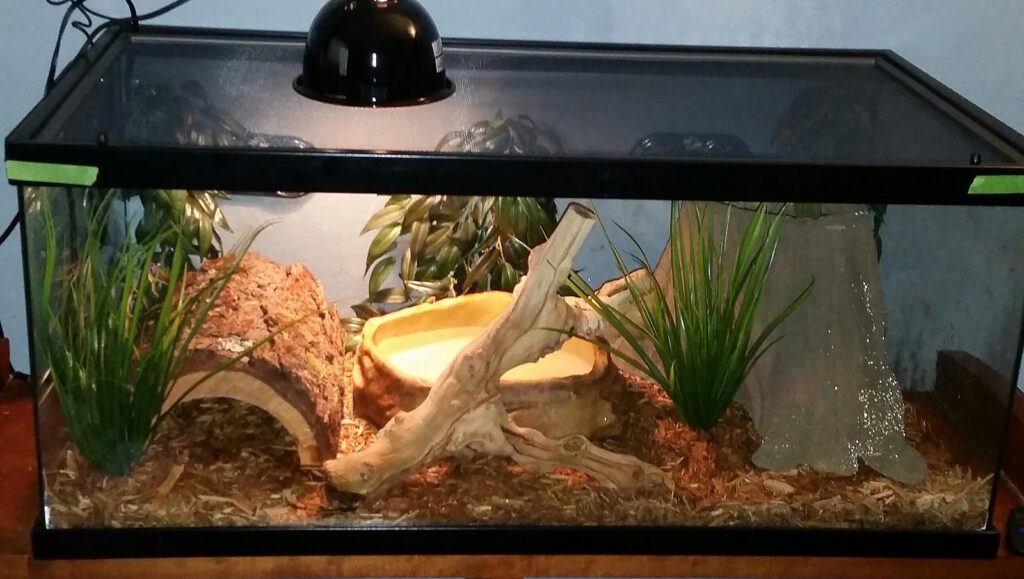
How I Maintain the Right Temperature
I had a hard time maintaining the right ball python enclosure temp, but after testing different methods, I found a combination that works:
1. Use the Right Heating Equipment
- Under-Tank Heating Pad – Great for belly heat but must be used with a thermostat.
- Ceramic Heat Emitters (CHEs) – Ideal for overall heat without light disturbance.
- Radiant Heat Panels – Great for large enclosures, providing even heat.
2. Use Thermostats to Prevent Overheating
A thermostat is a must! I once burned my first heating pad because I didn’t use one. Now, I use a digital thermostat to keep everything in check.
3. Monitor Temps with Digital Thermometers
I keep two thermometers in my enclosure:
✅ One on the hot side to track basking temps.
✅ One on the cool side to ensure it’s not too cold.
Pro Tip: Avoid stick-on thermometers—they’re not accurate! Use a probe or infrared temp gun.
Understanding Ball Python Humidity Needs
What Humidity Level Do Ball Pythons Need?
Ball pythons require a humidity level of 50-60% for general health and 60-80% during shedding. If humidity is too low, your snake may struggle to shed properly.
How to Maintain the Right Humidity
I used to have trouble keeping ball python humidity high enough, but these tricks made a big difference:
✅ Use a Moisture-Retaining Substrate
Best choices:
- Coconut Fiber – Holds moisture well.
- Cypress Mulch – Naturally boosts humidity.
- Sphagnum Moss – Great for keeping humidity hidden.
✅ Provide a Large Water Bowl
Placing a large water bowl near the warm side of the enclosure helps raise humidity through evaporation.
✅ Use a Humidity Hide
I place moist sphagnum moss inside one of my snake’s hides. This gives them a high-humidity retreat when they need it.
✅ Mist the Enclosure
I lightly mist the tank when humidity drops below 50%. Just be careful not to overdo it—too much moisture can lead to mold growth.
✅ Cover the Screen Top (If Needed)
If your enclosure has a mesh lid, covering part of it with foil or plexiglass can help retain humidity.
How I Monitor Humidity
I use two digital hygrometers to track humidity:
📌 One on the hot side
📌 One on the cool side
If humidity drops too low, I mist the tank or add moisture-retaining decorations. If it gets too high, I increase ventilation.
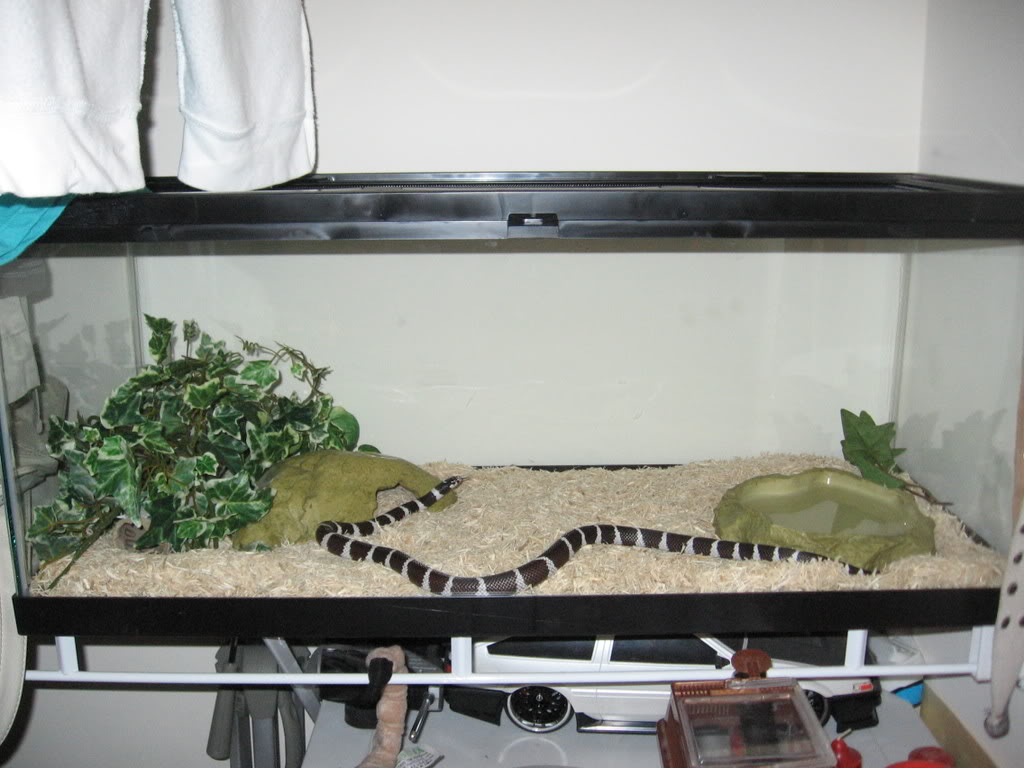
My Personal Experience with Temperature & Humidity Issues
1. The Time My Snake Had a Bad Shed
When I first got my ball python, I didn’t realize how important humidity was. My snake had a terrible shed—pieces of skin were stuck, and he looked miserable. After that, I started using humidity hides and misting when needed. Now, my snake sheds in one perfect piece every time!
If you’re a new ball python owner and want to avoid the same mistakes I made, setting up the perfect habitat from the start is crucial. A helpful resource I found is Creating the Perfect Ball Python Habitat for New Owners. It covers everything from heating and humidity control to enclosure setup, making it easier to give your snake the best care possible.
2. The Overheating Disaster
I once set up a heating pad without a thermostat (big mistake!). The enclosure got too hot, and my snake refused to come out of the cool hide. After getting a proper thermostat, everything stabilized, and my snake became active again.
Conclusion:
Maintaining the right temperature and humidity for your ball python is crucial for their health and comfort. By using proper heating equipment, thermostats, and reliable thermometers, you can create a stable and safe environment. Keeping humidity levels in check with moisture-retaining substrates, humidity hides, and occasional misting will also prevent shedding issues and ensure your snake stays healthy. Once you establish the right balance, caring for your ball python becomes much easier.
I’ve learned through experience that small adjustments can make a big difference in a snake’s well-being. With patience and the right setup, you can create the perfect home for your ball python. For more reptile care tips, experiences, and helpful advice, Universe Reptiles is a great place to explore and learn from fellow reptile enthusiasts.
frequently asked questions
1. What temp does a ball python need at night?
At night, the temperature can drop slightly but should stay between 72-75°F (22-24°C).
2. How do I know if my ball python’s enclosure is too dry?
If you see stuck shed or flaky skin, humidity is too low. Increase misting, add a humidity hide, or switch to a better substrate.
3. What happens if my ball python’s humidity is too high?
Excess humidity can cause respiratory infections. Make sure your enclosure has good ventilation and avoid over-misting.
4. Can I use a heat lamp for my ball python?
Yes, but avoid bright white lights. A ceramic heat emitter (CHE) is better because it provides heat without disturbing your snake’s day/night cycle.
5. Do ball pythons need UVB light?
No, but some owners provide a low-level UVB light for natural day/night rhythms.
6. What’s the best way to measure humidity in a ball python enclosure?
Use a digital hygrometer—avoid cheap dial ones, as they are often inaccurate.


